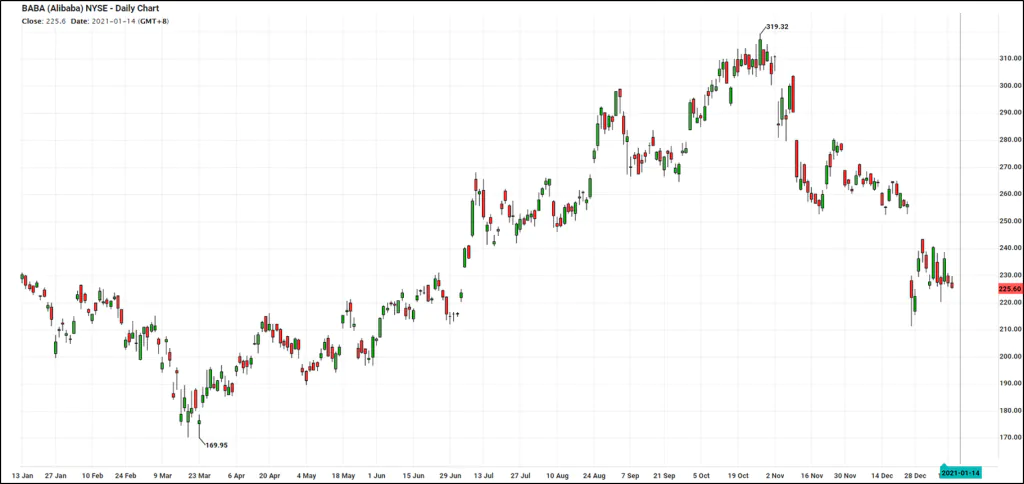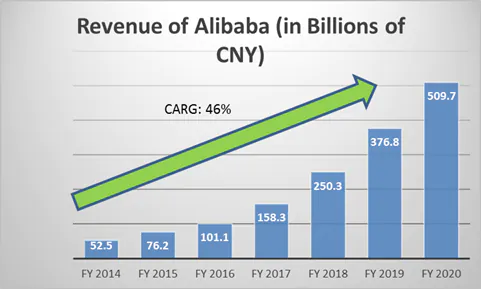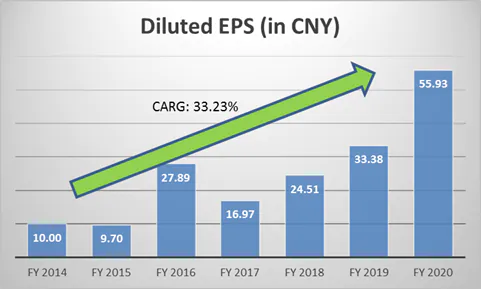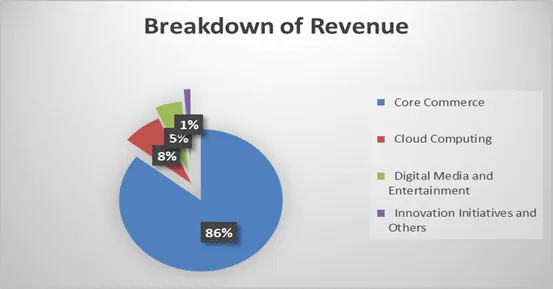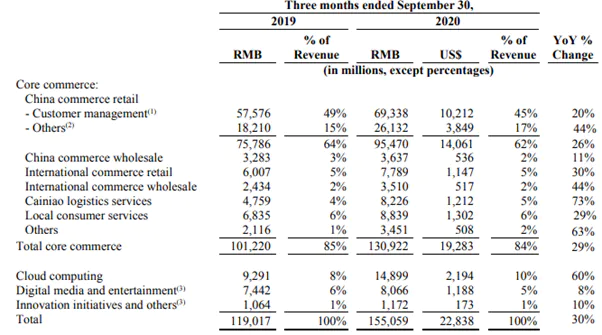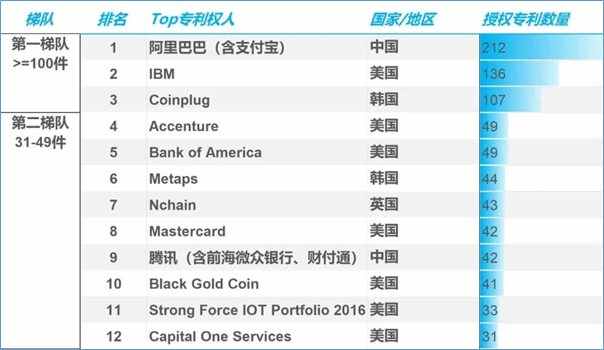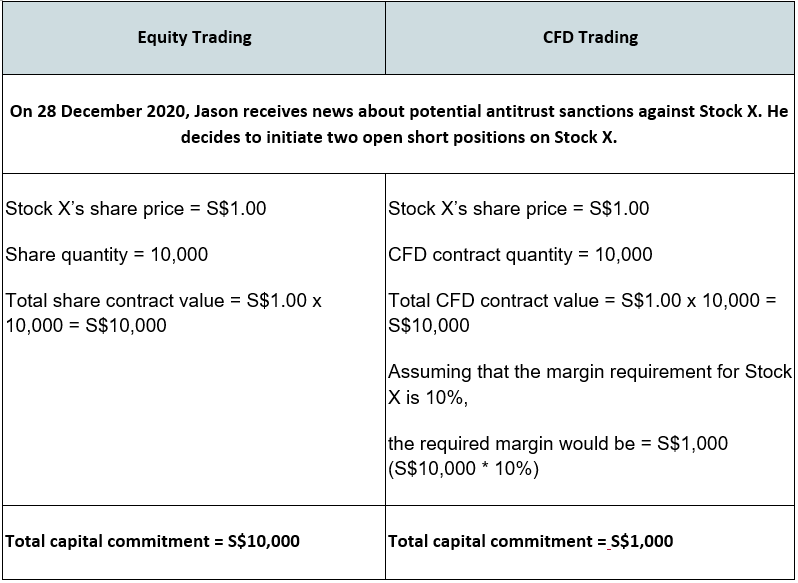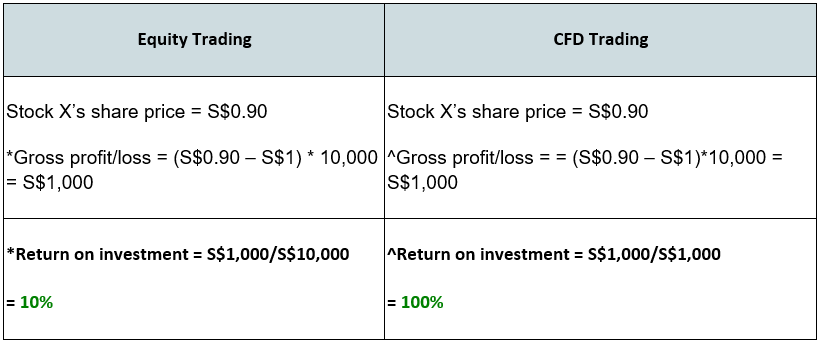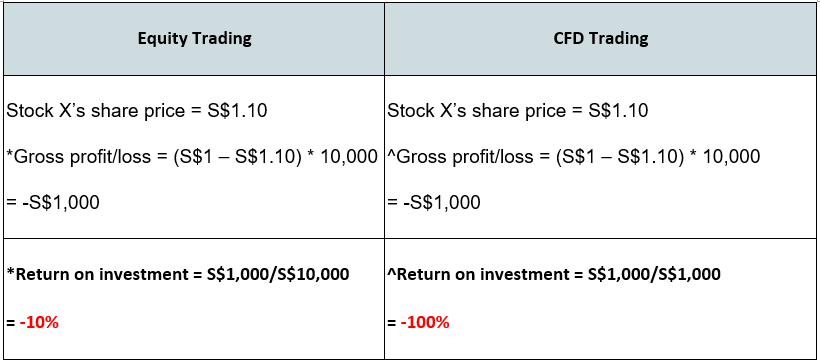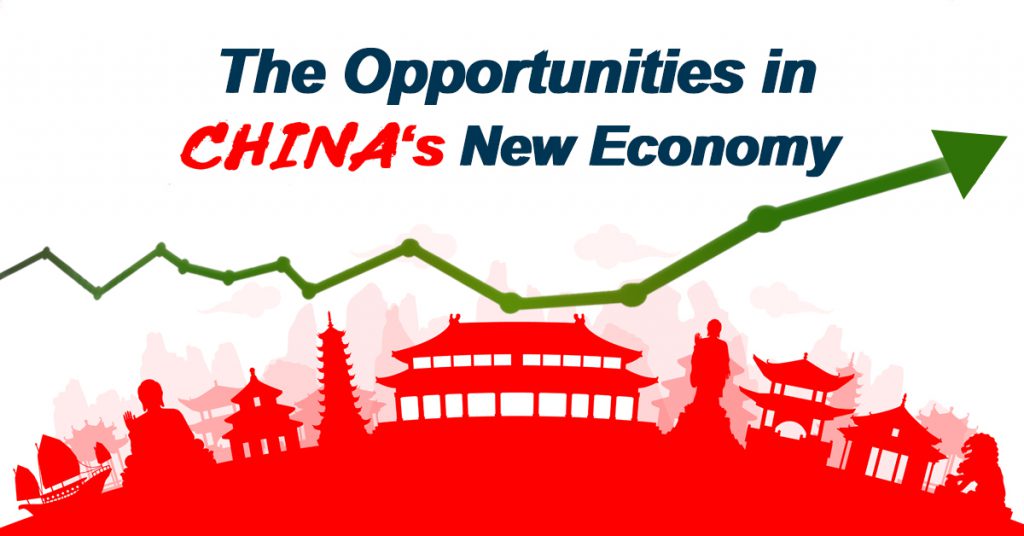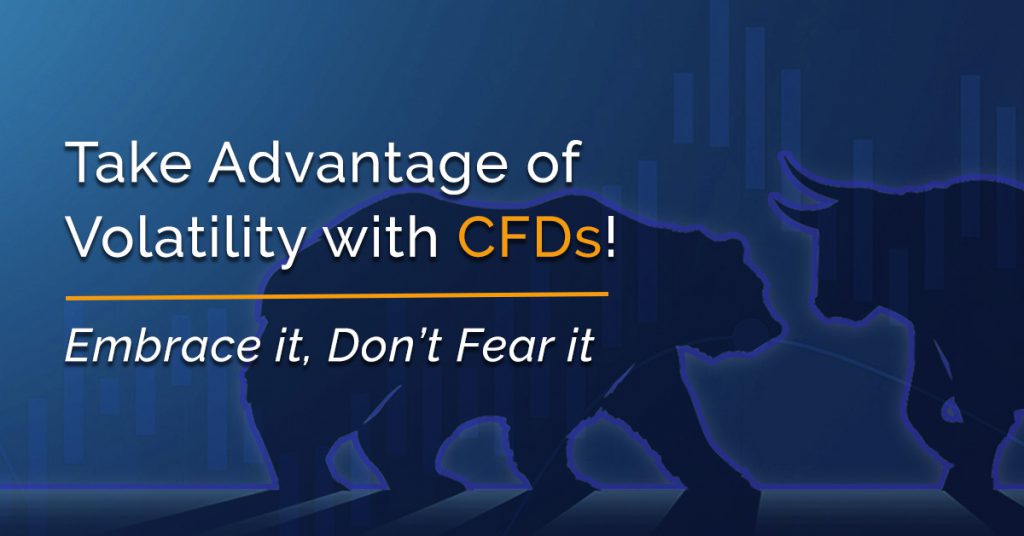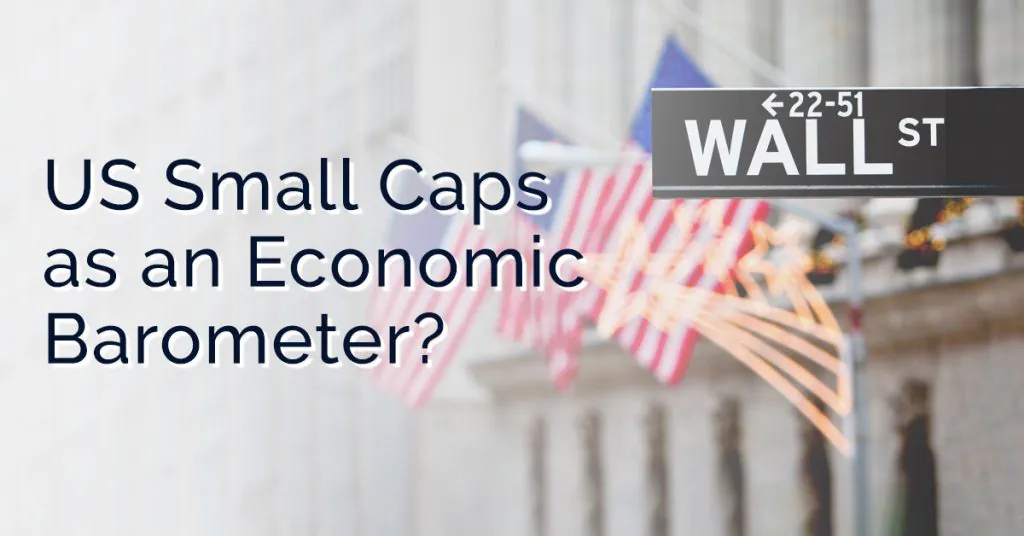Can Value Still Be Found in Alibaba Group Holding?
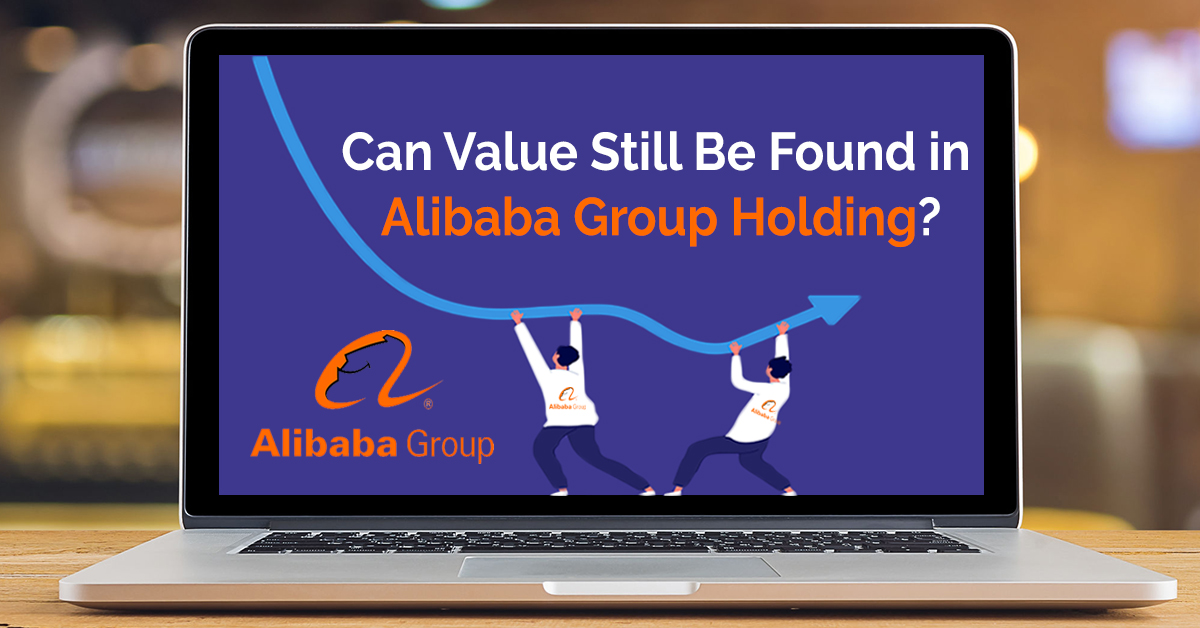
Published On: 13 January 2021 | 12:00 PM
Mike Ong, Senior Dealer
Mike is a member of the largest dealing team that specialises in Equities, ETFs, CFDs & Bonds, and manages >50,000 client accounts in Phillip Securities. He believes in investing long-term for passive income and evaluates stocks using fundamentals. He is currently the chief editor of the HQ education series that aims to equip clients with tools and skillsets to make better investing and trading decisions.
What this report is about:
- Alibaba’s share price plunged to its lowest point of US$211.23 after Ant’s Group’s IPO was put on hold by Chinese regulators. China has also launched antitrust investigations into Alibaba.
- Alibaba’s fundamentals are intact. It remains the No. 1 e-commerce group not only in China but in the world.
- Its next phase of growth could be kicked off by cloud computing, digital manufacturing and block chain.
- Regardless of market or share-price direction, investors can take advantage of CFDs to trade Alibaba.
“What is essential is invisible to the eyes.”
The Little Prince by Antoine de Saint-Exupery
In mid-2020, the Ant group, in which Alibaba has a 33% stake, announced plans for a dual-listing in Hong Kong and Shanghai. Riding on the euphoria, banks and stockbrokers offered a historical high US$38.7bn of margin financing for Hong Kong retail investors subscribing to its IPO. [1]
In a twist of events in November 2020, Ant’s IPO was abruptly put on hold by China’s regulators. They questioned whether the company had met listing requirements. To add salt to the wound, the government launched an antitrust investigation into Alibaba .The group was summoned to meet China’s banking regulators to discuss financial regulations. It was accused of “having little legal knowledge and turning a blind eye to compliance requirements”. Ant was ordered to return to its sole role as payment provider. [2]
Read our analysis of Ant Group here
Given its 33% stake in Ant and the regulatory overhang, Alibaba’s stock plunged to its lowest point of US$211.23 on 24 December 2020.
Figure 1: Alibaba’s 1-year historical chart (NYSE)
You might ask, is there still growth potential and value in Alibaba?
Before we delve into that, let’s take a quick tour of Alibaba’s history and business model.
Founding of Alibaba
Alibaba was founded in 1999 by Jack Ma and his team in his small Hangzhou apartment. Their intention was to create an e-commerce platform and ecosystem that could help Chinese small-medium enterprises export their products to global markets.
However, in the early 2000s, e-commerce was still in its infancy. In China, buyers and sellers eyed each other with great suspicion. To solve this problem, Alibaba invented Alipay as a payment intermediary for Taobao. Taobao is a Chinese business-to-consumer shopping website set up by Alibaba in 2003. Once Alipay receives the purchase amount from a buyer, it would instruct the seller to ship the goods. After receiving confirmation of delivery to the buyer, Alipay releases the funds to the seller. Much like PayPal, Alipay gets a processing fee for acting as an intermediary.
On 18 September 2014, Alibaba’s IPO was priced at US$68. It managed to raise US$21.8bn on the New York Stock Exchange, making it the largest IPO in history at that point.
Business fundamentals
Figure 2: Revenue of Alibaba Group Holding (RMB bn) [3]
Figure 3: Earnings per share [3]
Since going public, Alibaba’s revenue has ballooned from RMB52.5bn to RMB509.7bn. This amounts to a 46% CAGR. Earnings per share went from RMB10 to RMB55.93 in FY2020. [3] This represents a 33.23% CAGR.
Alibaba’s main businesses are core commerce, cloud computing, digital media and entertainment and “innovation initiatives and others”. Its platforms serve more than 780m consumers in China and over 190m outside China. [3] This makes it the No. 1 e-commerce group not only in China but in the world, dwarfing Amazon!
Its core commerce operations can be split into retail commerce, wholesale commerce, logistics services and consumer services. Its innovation initiatives and others segment develops new services and products to meet the needs of enterprise customers and consumers. Core commerce is the bread-and-butter of Alibaba.
Figure 4: Alibaba’s FY2020 revenue
In FY2020, core commerce accounted for 86% of its revenue while the other three segments contributed 14%.
Future growth drivers
Over the years, Alibaba has become more than just an e-commerce player. The group has started several businesses to propel it to the next level of growth. These include cloud computing services, digital manufacturing and block chain.
Read on to find out more!
Cloud computing
Alibaba’s cloud-computing revenue grew 60% YoY in 3QFY20. This growth was spurred by a rise in the Internet, finance and retail industries. Cloud-computing revenue rose from 8% of its revenue in 2QFY20 to 10% by 2QFY21. [4]
Figure 5: Quarterly revenue of Alibaba ended 30 September 2020 [4]
At Alibaba’s 12th Annual Apsara Conference in 2020, Alibaba unveiled its first cloud-computing system. This system is able to speed up animation resolution rendering time to just 10 minutes. A traditional computing system would take 90 minutes to run the same task. All user data would be stored on cloud using state-of-the-art cyber security and protection measures. The system is touted to improve the efficiency of local businesses and SMEs. Currently only available to enterprise customers, Alibaba intends to offer it to consumers in the near future.
The state-owned Saudi Telecom Company and venture capital fund, eWTP Arabia, have announced a partnership with Alibaba Cloud to provide high-performance cloud services to support Saudi Arabia’s Vision 2030. [6]
With its adoption accelerated by COVID-19, cloud computing is expected to boost Alibaba’s revenue and strengthen its ecosystem near term. It is expected to be an increasingly important source of growth for the group in the coming years.
Digital manufacturing
In manufacturing where I came from, it is crucial that engineers forecast the right amount of inventory to meet manufacturing demand and plan schedules for product testing. All these would require a lot of contingency planning and monitoring. I recall with fondness the many extra hours that my managers and I ploughed in in those days to devise plans for reducing wastage and improving testing efficiencies.
In order to solve such common issues faced in the manufacturing industry, Alibaba came up with a solution. It dubbed it the “Digital New Manufacturing Factory”. Its first factory is located in Hangzhou, called the Xunxi Digital Factory.
Figure 6: Xunxi Digital Factory [5]
The Xunxi factory is powered by Alibaba’s cloud-computing infrastructure and the Internet of things (IoT). This factory offers SMEs a digitalised end-to-end manufacturing supply chain. It allows manufacturers to harness the power of big data analytics and AI to improve efficiency and fully customise manufactured goods based on forecast demand. The seismic change is expected to improve traditional manufacturers’ profitability and reduce their inventory levels, while still giving them the flexibility to customise their products.
In the early days of the Xunxi Digital Factory, traditional inefficiencies in manufacturing clothing apparel – the biggest category on Alibaba’s retail marketplace – were identified as a problem statement that Xunxi’s digital technology attempted to solve. Xunxi was able to produce small batch orders at reasonable costs and increased manufacturing efficiency from 25% to an average of 55%.3 In 2019, digital transformation in the manufacturing market was valued at US$263.93bn by Mordor Intelligence. This figure is expected to reach US$767.82bn by 2025, a CAGR of 19.48% over 2020-2025. [7].
China is a manufacturing powerhouse in the world. Such manufacturing digital transformation would definitely help modernise its domestic industries and give them yet another competitive advantage. Alibaba’s digital solutions, thus, hold the potential of emerging as its next growth propeller.
Block chain
What is the first word that springs to your mind when you hear “block chain”?
Bitcoins? Cryptocurrencies?
This is a common misconception of block chain. Bitcoin is the world’s first cryptocurrency/digital asset. Digital assets were created as an alternate store of value and medium of exchange.
Block chain, however, is not a digital asset. It is the technology behind these assets, for them to function.
Block chain is a system of recording information in a way that makes it difficult or impossible to change, hack or cheat the system. TH duplication and distribution of all transactions are faithfully recorded in a digital ledger, which is located across an entire network of computer systems.
Guess which company holds the most block-chain patents?
Figure 7: Companies with the most block-chain-related-patents
According to a recent report by the China Patent Protection Association, Alibaba holds 212 out of 3,924 patents. It holds the record number of block-chain-related patents in the world. [8] US tech giant IBM only holds 136 patents.
Block chain is not limited to cryptocurrencies. It can be used to store information on practically anything and everything, track their flow in real time and create electronic legally-binding contracts. Alibaba is strategically incorporating this technology into its existing ecosystem to promote product traceability.
Will this technology give the group a quantum leap? Only time will tell!
Trading Contract for Differences (CFDs)
Trading Contracts for Differences (CFDs)
Contracts for Differences (CFDs) are versatile tools for investors. They are particularly ideal for people who take an active approach to investing. CFDs can be used for hedging, short-selling or leveraged trading. They only require a minimum sum upfront, which is known as the margin requirement.
CFDs are also ideal tools for people without much capital but wish to capitalise on the growth potential of certain industries. Or they may simply want to take advantage of the latest market movements regardless of direction. CFDs, however, may not be suitable for investors whose investment objective is to preserve capital and/or whose risk tolerance is low.
How does CFD trading work? Here’s an illustration.
On 29 December 2020, we assume two different scenarios for Jason.
Scenario A: more bad news is announced on Stock X. Stock X declines by 10%. Jason decides to cash out of his CFD position and use part of his earnings to buy his friends drinks on a Friday night!
Scenario B: Stock X recovers by 10%. Jason practises trading discipline by cutting losses on both his positions promptly.
* Calculations omit commissions, clearing fees and all other trading fees incurred in share trading. Actual ROI will be lower than the ROI mentioned in the examples above.
^ Calculations omit commissions and finance charges for CFD trading. Actual ROI will be lower than the ROI mentioned in the examples above.
While cloud computing, digital manufacturing and block chain appear to hold good prospects for Alibaba as technology continues to infiltrate every aspect of our lives, investors should also be mindful of the following risks.
US’ Holding Foreign Companies Accountable Act
From 2 December 2020, foreign companies listed in the US that decline a review of their audits for three years or more are liable to face delisting. Since most Chinese companies are prohibited by China’s laws from disclosing information that might be considered state secrets, Alibaba could potentially be delisted in the US.
Regulatory risk
In December 2020, Chinese regulators put Alibaba and other Chinese large tech companies on notice that they would be under scrutiny for their business practices. China’s antitrust watchdog also claimed that it would be investigating Alibaba’s use of exclusivity arrangements with merchants selling on its e-commerce platforms. Could these antitrust probes hurt Alibaba’s future revenue and cash flow growth?
Alibaba is arguably facing its greatest crisis since going public. But do you know the Chinese word for crisis, 危机? This is composed of two Chinese characters, indicating “danger” and “opportunity”. Is this an excellent opportunity or a big risk to invest in Alibaba?
The good news is, with CFDs, you can take advantage of its outlook regardless of market direction. If you believe in the long-term economics of its businesses, you can use CFDs to enter into a long position. On the other hand, if you believe that the worst for the group is yet to come, you can enter into a short position on Alibaba.
CFDs are ideal tools for people who lack the capital outlay but who wish to capitalize on good or bad news on a counter/sector. A caveat. CFDs may not be suitable for investors whose investment objective is to preserve capital and/or whose risk tolerance is low.
Thank you for staying with us through this lengthy read! We sincerely hope that you found value reading this article! Please feel free to email us at cfd@phillip.com.sg if you have any queries.
Trade on our award-wining suite of POEMS Platform. Open a CFD Account now!
References
[3] Alibaba Group Holding Limited Annual Report 2020
[4] Alibaba Group Announces September Quarter 2020 Results
[5] https://www.alibabagroup.com/en/news/article?news=p200916
[6] https://www.arabnews.com/node/1784071/business-economy
[7] https://www.mordorintelligence.com/industry-reports/digital-transformation-market-in-manufacturing
[8] https://technode.com/2020/07/03/alibaba-leads-global-blockchain-patent-but-china-lags-behind-us-and-s-korea/
More Articles
The Opportunities in China's New Economy
What are the opportunities that investors could look for in the China’s new economy? Read our latest article to find out more about the China market!
Take advantage of Volatility! Embrace it, Don't Fear it!
2020 has been an eventful year which has led to spikes in market volatility. Ride on the wave of volatility and learn how you can take advantage of the volatility by trading CFDs
US Small Caps as an Economic Barometer?
Did you know that US small-cap stocks are often perceived as a reliable economic barometer of US economic activity? Read this article to learn more!
Disclaimer
This material is provided to you for general information only and does not constitute a recommendation, an offer or solicitation to buy or sell the investment product mentioned. It does not have any regard to your specific investment objectives, financial situation or any of your particular needs. Accordingly, no warranty whatsoever is given and not liability whatsoever is accepted for any loss arising whether directly or indirectly as a result of your acting based on this information.
Investments are subject to investment risks. The risk of loss in leveraged trading can be substantial. You may sustain losses in excess of your initial funds and may be called upon to deposit additional margin funds at short notice. If the required funds are not provided within the prescribed time, your positions may be liquidated. The resulting deficits in your account are subject to penalty charges. The value of investments denominated in foreign currencies may diminish or increase due to changes in the rates of exchange. You should also be aware of the commissions and finance costs involved in trading leveraged products. This product may not be suitable for clients whose investment objective is preservation of capital and/or whose risk tolerance is low. Clients are advised to understand the nature and risks involved in margin trading.
You may wish to obtain advice from a qualified financial adviser, pursuant to a separate engagement, before making a commitment to purchase any of the investment products mentioned herein. In the event that you choose not to obtain advice from a qualified financial adviser, you should assess and consider whether the investment product is suitable for you before proceeding to invest and we do not offer any advice in this regard unless mandated to do so by way of a separate engagement. You are advised to read the trading account Terms & Conditions and Risk Disclosure Statement (available online at www.poems.com.sg) before trading in this product.
Any CFD offered is not approved or endorsed by the issuer or originator of the underlying securities and the issuer or originator is not privy to the CFD contract. This advertisement has not been reviewed by the Monetary Authority of Singapore (MAS).





